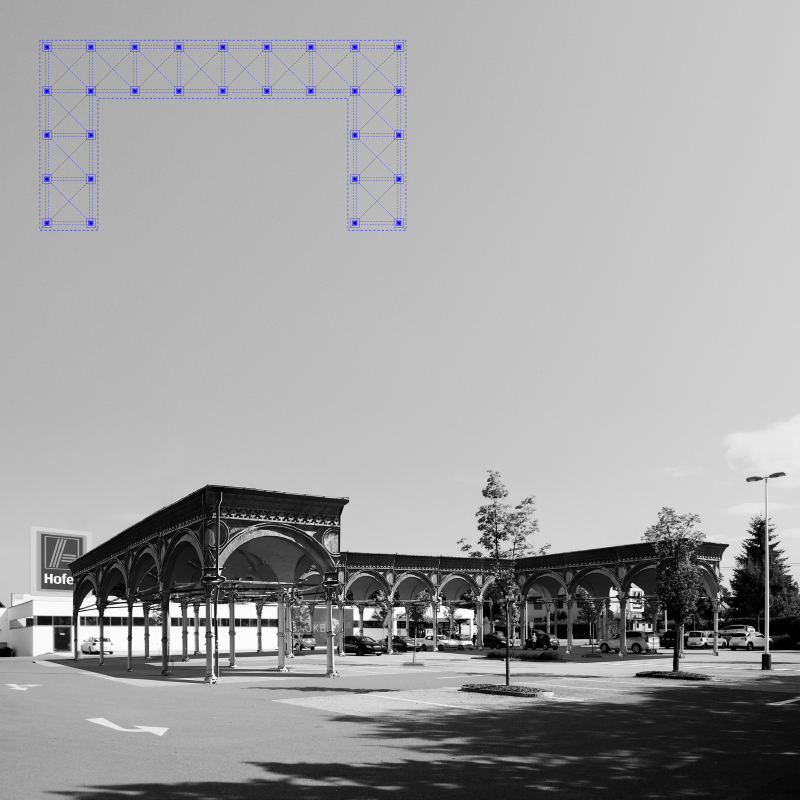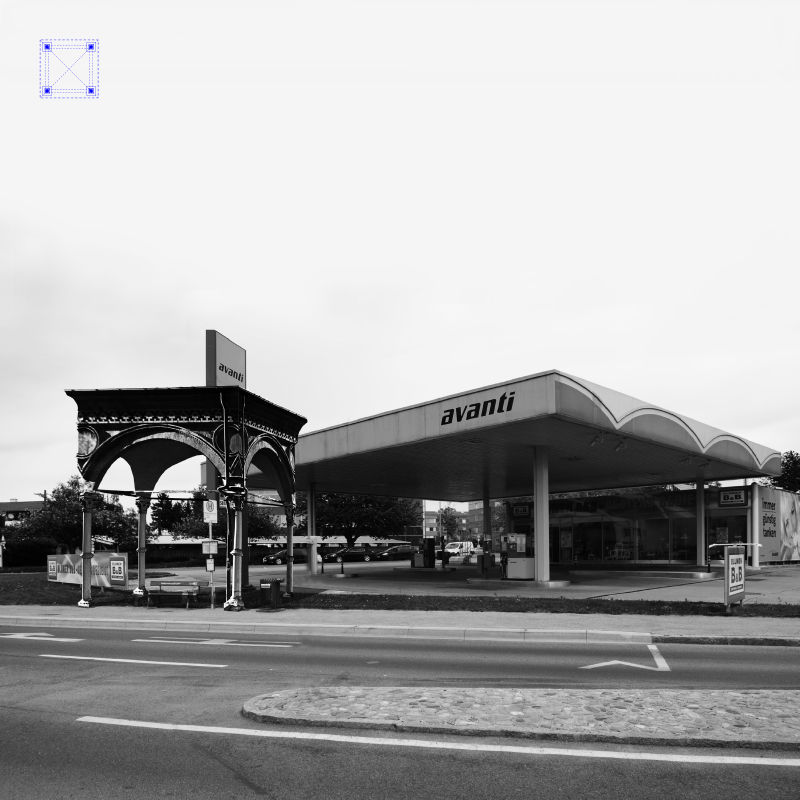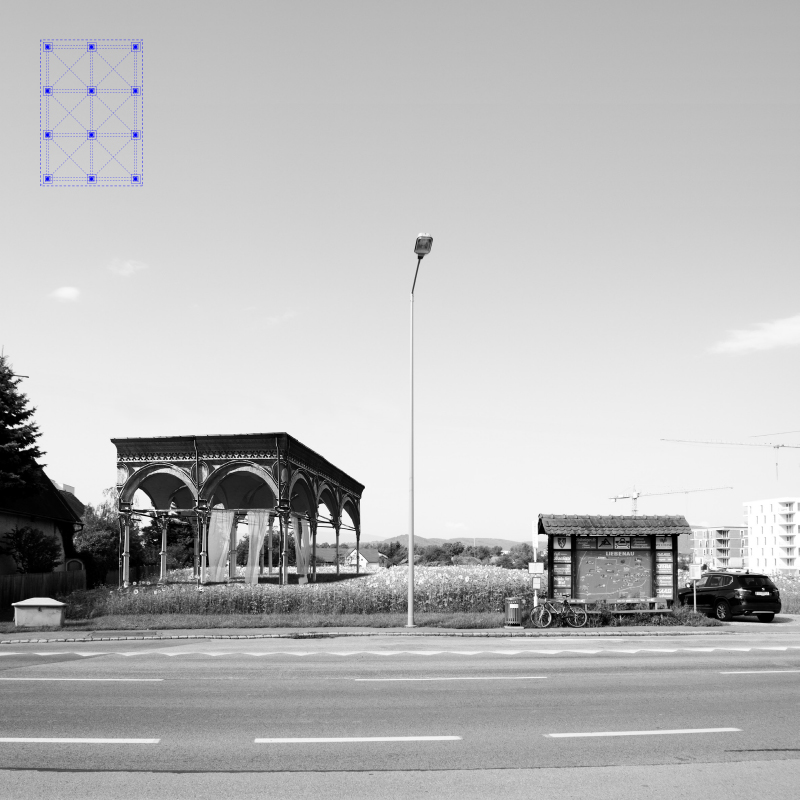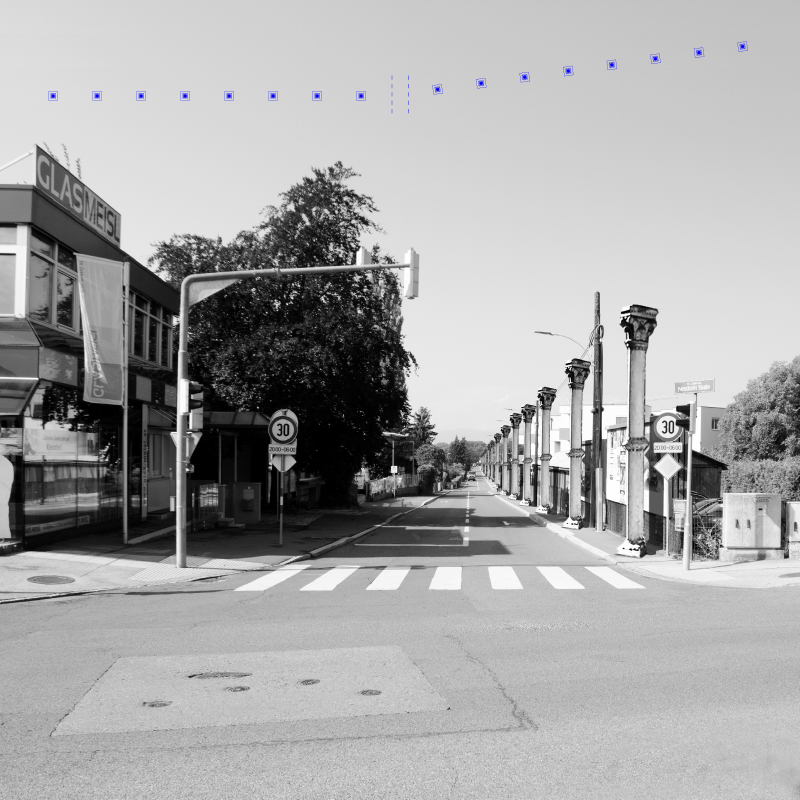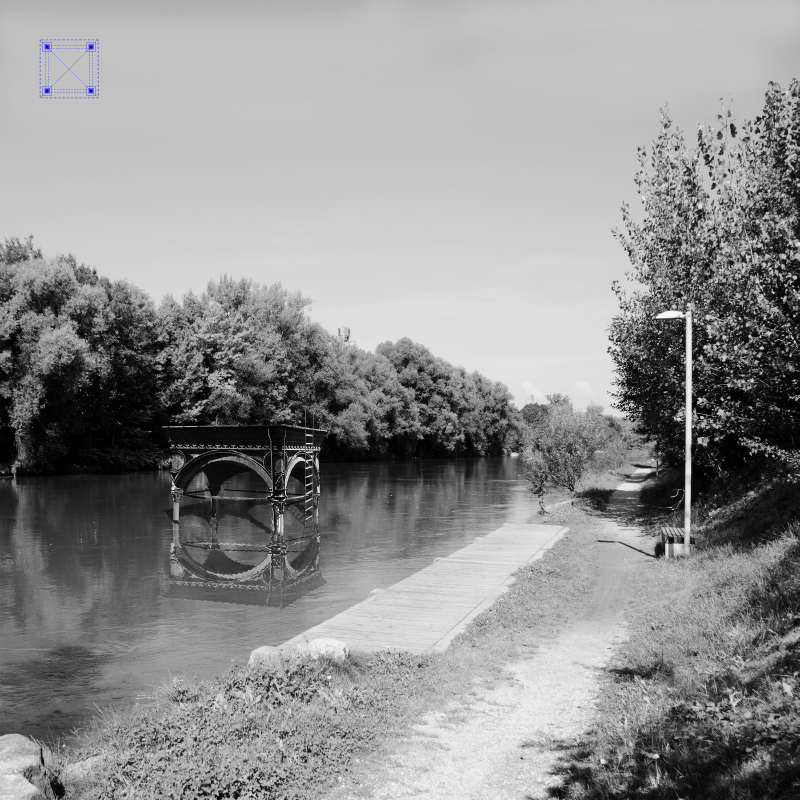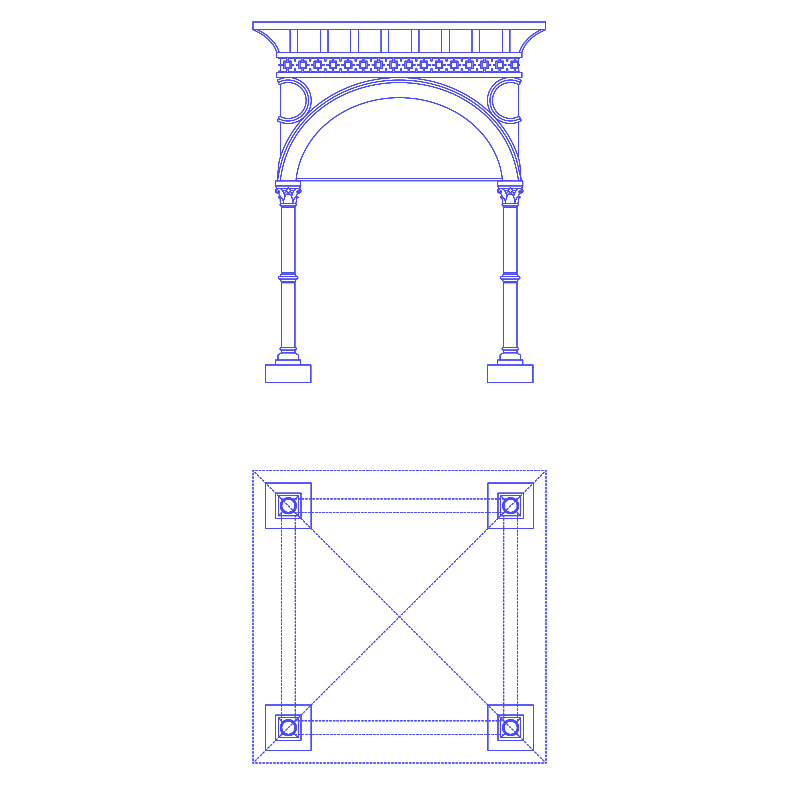
Editorial
CARTHA
The project featured in this special issue, Identität Prägen – Liebenau was the exercise proposed by SKREI and CARTHA for the Graz Haus der Architektur Desperate Houselives Summer School in 2018. The exercise articulates the notions of collective perception of Identity and cultural development. It departed from a critical analysis of the district of Liebenau […]
The project featured in this special issue, Identität Prägen – Liebenau was the exercise proposed by SKREI and CARTHA for the Graz Haus der Architektur Desperate Houselives Summer School in 2018.
The exercise articulates the notions of collective perception of Identity and cultural development. It departed from a critical analysis of the district of Liebenau to propose a set of in situ interventions using a tool that lays at the genesis of modern politics, social interaction and the international press: print.
The act of printing -onto the city and onto paper- the interventions proposed by the students allowed us to aim at achieving two different goals: by guiding the students into a direct proactive confrontation with the district, they would gain an awareness of both the role of the architect in the making of social identity and of their own responsibility as citizens towards their community. The second goal was to confront the population residing in Liebenau with possible alternatives to their district in an enticing manner, by suggesting precise fictional interventions and elaborating on their affects.
The exercise was set in three complementary parts; Critical analysis of the district of Liebenau. The study and development of complementary, significant interventions and tools for these interventions and the presentation of the documentation generated in the three previous parts through two engaging platforms: an exhibition and a website.
During the critical analysis of Liebenau, the students gathered material on the district -photos, notes, historical documents and videos- as well as interacted with the local population by conducting a set of precisely formulated interviews. This allowed the students to identify the problematics which will serve as base for their intervention proposals in an informed, participative way.
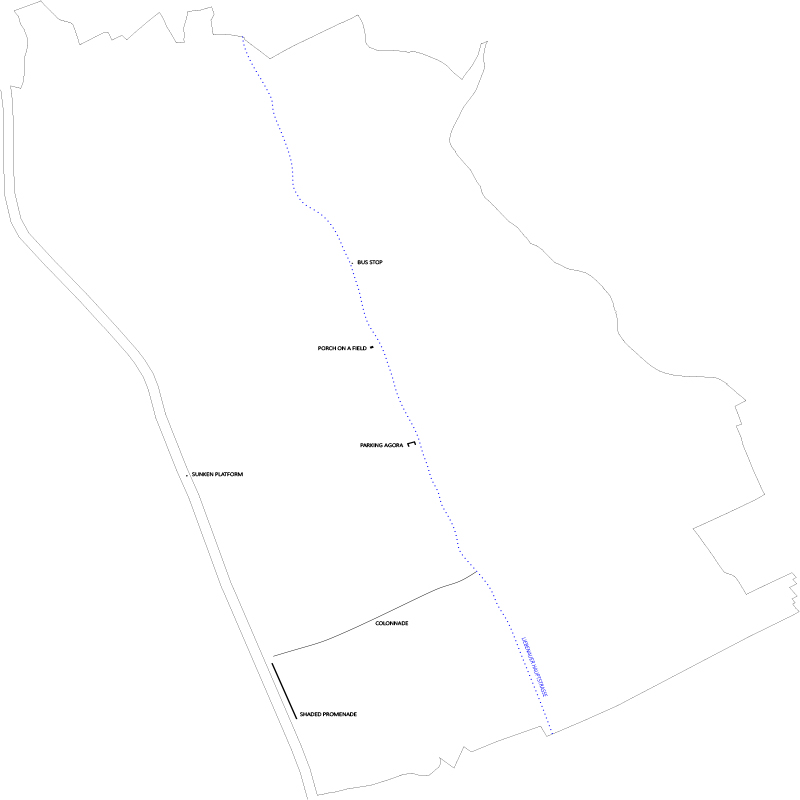
The interventions by the students will be based on the 4 processes of Identity Building as proposed by CARTHA: Assimilation, Appropriation, Rejection and Conciliation. Using only previously existing projects by other architects, the students placed new elements, removed existing ones, projecting onto Liebenau their views on how to address the problematics they have identified. This method implies that the students awareness of the context they intervene upon as well as of their expectations towards it and how to fulfill them. They had to be as versed in their understanding of the reality they were confronted with in the district of Liebenau as with the references they needed to have/acquire in order to suggest a different built environment. These interventions were represented by a floor plan, a photomontage and a text.
A mobile large-scale printing device was produced by the students. This democratic machine would be used to imprint onto the streets of Liebenau the floorplans, texts, messages with their visions for the district.
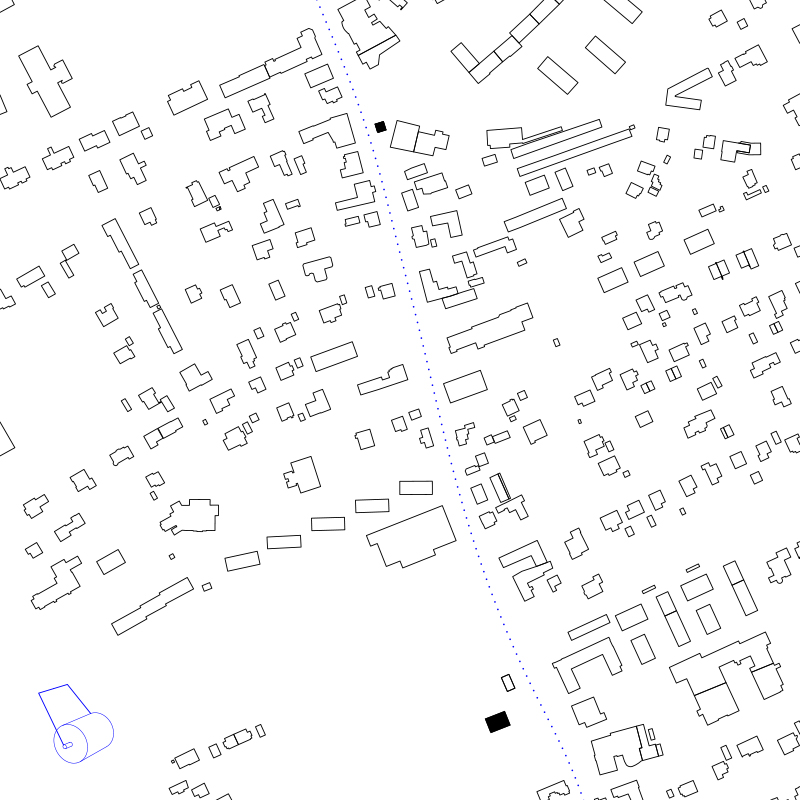
The outcome of the exercise, the project featured in this special issue, went beyond the original expectations we, SKREI and CARTHA, had as tutors of this two weeks summer school. The proposals by the students bent the exercise towards a fresh complexity, appropriating precise elements from a building which could not contrast more with Lebenau’s reality. Their take on the notions of public space as non-normative space for unforeseen interaction opened the door to the shift from a baren, peri-urban, generic space into a flexible, ready-made public platform.
For their work, on behalf of SKREI and the whole CARTHA team, we would like to thank the amazing group of students who wholeheartedly engaged with our proposals and methodology and managed to create a project which keeps on raising interesting questions to ourselves, even now, nearly one year after the summer school. Sarah Klaunzer, Alina Pinardi, Dagmara Pasinska and Julina Lanca Gil, thank you.
We would also like to thank the incredible HDA Graz team, specially Zerina Džubur, Karin Oberhuber and Markus Bogensberger, for their interest, patience, generosity and for the invitation to come and work with them in Graz for two weeks.
